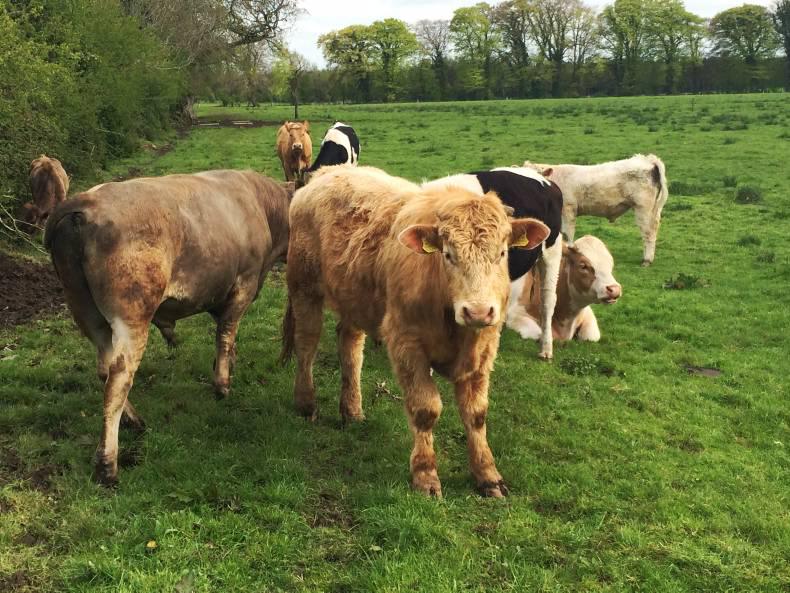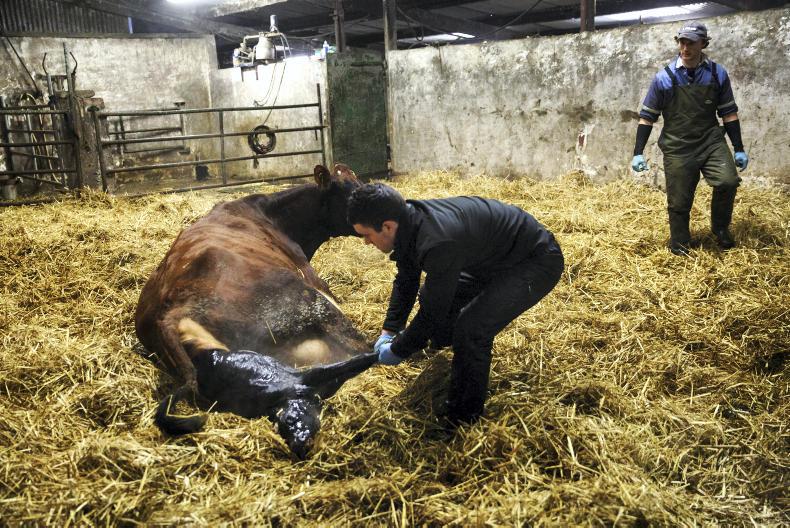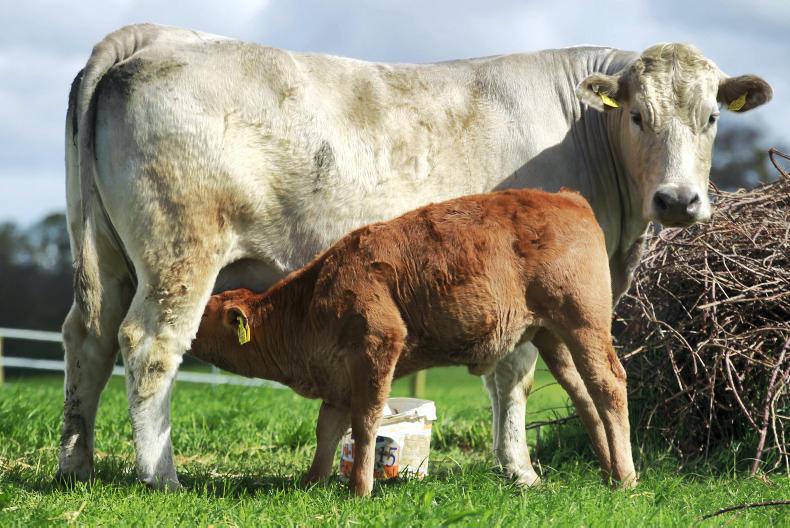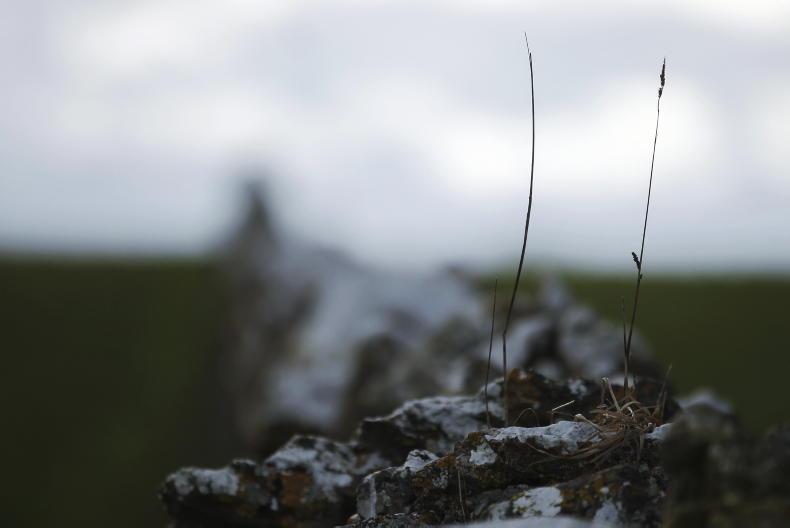A once-in-ten-year event happened last week on the farm - a caesarean section - and hopefully it’s another ten years until the next one.
Unfortunately the heifer calf was born dead following the section. The reason for the caesarean section was that the calf was coming backwards with both feet down.
The awkward way in which she had her feet placed meant that she would not calve naturally, even though she was not a large calf by any means.
The cow is a Limousin/Charolais cross and would have been in her third lactation.
As the calf bed was torn during the process, the cow will go to slaughter and should fetch a decent weight and kill out.
We have ample replacement heifers coming through for the suckler herd and she was a cow which had just about made the cut last year due to a below average milk yield. She would have been earmarked to be culled following weaning this year.
Scheme options for GLAS
A very welcome recent visitor to the farm was the GLAS planner, who went through some of the scheme options.
A large proportion of the plan will focus on the low input permanent pasture. This low input ground forms part of rented land, and has always been low input pasture, like a large amount of land in this area of the north midlands.
The GLAS plan will also contain a hectare of wild bird cover, hedge planting and bird boxes and will achieve the maximum payment of €5000.
The concept of GLAS seems to tick all the right boxes. It affords quite a bit of control and flexibility to the farmer in relation to how he or she wishes to proceed with the scheme and continue to farm in a way which will afford profitability to the farm enterprise.
The benefits to the farmer and to the environment are symbiotic in many cases, for example, in relation to injecting slurry verses conventional splash plate application. The utilisation of Nitrogen and the reduction in contamination of grass is a substantial benefit to the farmer as is the reduction in Ammonia loss to the environment.
Environmental schemes are important for Irish agriculture due to the green image of our agricultural exports. Customers, to whom we export, respect Irish food due to the environmentally friendly and sustainable way in which it is produced. Irish farmers need to maintain this market niche, particularly pertaining to beef and lamb – maybe someday leading to a PGI for Irish beef. But that is a topic for another day.











SHARING OPTIONS